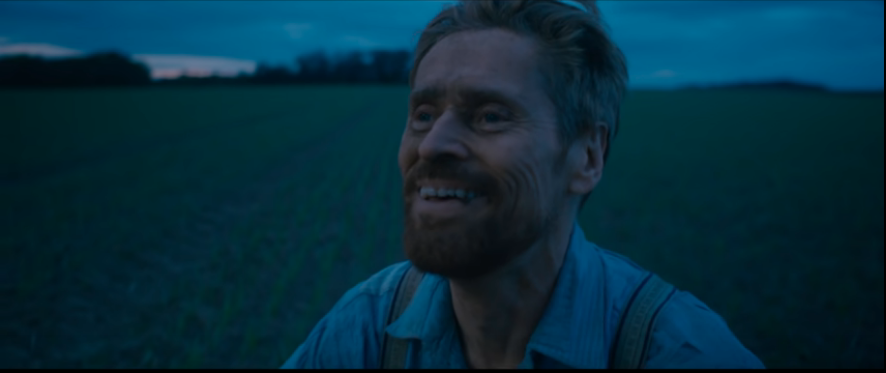What do you paint?
Sunlight
A couple of years ago I went with a friend to watch Loving Vincent, a Polish-UK movie about the last days in the life of Vincent van Gogh, especially centering around the mystery of his death. Despite all the fuss around it being entirely made of Van Gogh-style paintings, I found the movie to be an utterly disappointing, Agatha Christie-style “whodunnit” story. That day, I left the theater hoping for a movie that would really do this amazing artist some justice.
Fast-forward to beginning of this month, me and my boyfriend went to the theater to watch At Eternity’s Gate, a new film starring Willem Dafoe as Van Gogh. Where Loving Vincent tells the story of trying to find out who killed the artist, At Eternity’s Gate seeks to tell a much more emotional and psychological story about what was Van Gogh going through during his last days, mentally and artistically. It becomes at times quite surreal, making us lose all perception of time and place, wondering if what we’re seeing is a memory, a hallucination or reality, which makes us in a way sympathize with the tragic life story of Van Gogh.
The music also plays quite an important role in this. Tatiana Lisovskaya chose for her score quite a sparse instrumentation, just violin and piano. This is already quite a bold choice in a world overpopulated with pumped-up orchestral music smashing our ears, drowning us with forced emotion. Lisovskaya balances the big swelling emotions of her music with always keeping the instrumentation limited and contained. This adds to the feeling of isolation we get from Van Gogh’s character: a completely misunderstood artist, judged by everyone, living in a time before his time. The way in which the music is recorded relates as well to this sense of fragility and isolation. It seems like it was recorded at someone’s home, with an old piano and a simple recorder, which made me think about Van Gogh’s own room, full of his paintings, with his old shoes next to the bed, the wind whistling through the half-closed window.
There is also a sort of unpredictability with the music. It appears almost whimsically throughout the film, sometimes cutting off in the middle of a shot, leaving us with silence. To me, this very much relates to this hallucinatory feel we have in the movie, where sometimes the lower half of the screen is blurred, not letting us see well, or when the camera is a bit too close to some character’s face, distorting it. In that same way, the music suddenly swells and makes us feel like drowned in emotion, only to suddenly vanish.
In that sense, I must confess that I disliked very much the fade-outs in the music. I’m always much more in favor of an acoustic fade, made structurally in the music. The thing is, if that would have been done in this case, we would lose the unpredictability of it, our ears would be ready for the music to fade out at a specific moment, when the actual intention is to take us by surprise.
I think the movie is still being screened in some filmhuizen here in Amsterdam, so for those of you who live in the area, I really recommend it.
For tickets, check cineville.nl
cover image source here
